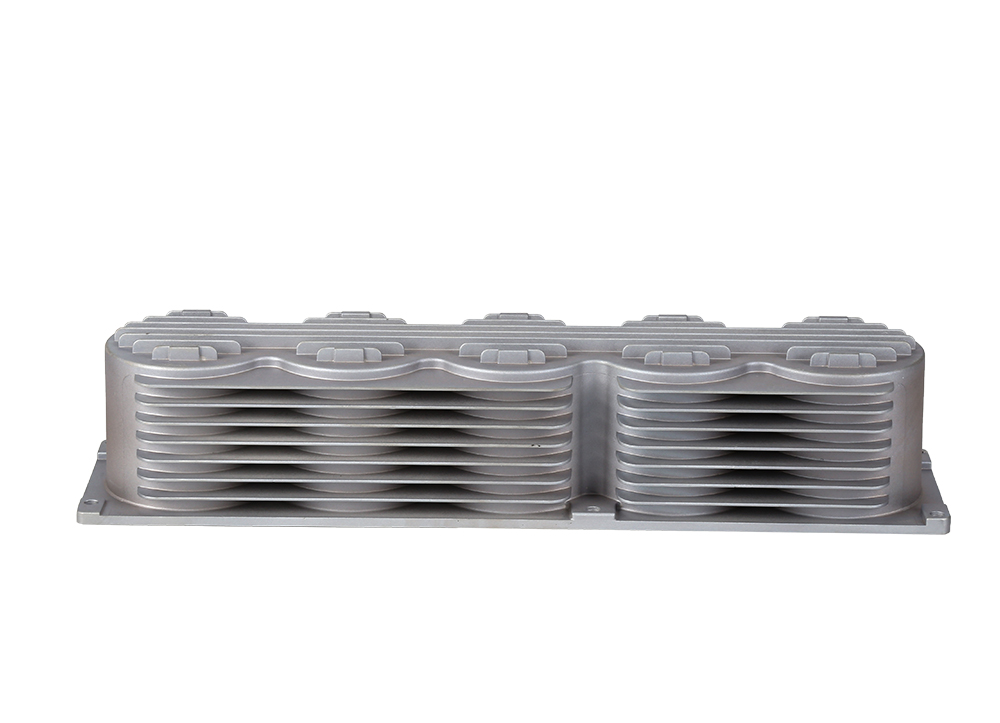Time:2022-11-07 Preview:
2. Take a welding rod with a diameter of less than 3.2 mm and use a medium and small current to carry out surfacing welding from the inside to the outside in the hole of the broken bolt. Take half of the entire length of the broken bolt at the beginning of the surfacing welding. When starting the surfacing welding, the arc should not be too long. In order to avoid burning through the outer wall of the broken bolt, surfacing to the upper end face of the broken bolt, and then continue surfacing to weld a cylinder with a diameter of 14-16 mm and a height of 8-10 mm.
3. After the surfacing is completed, hammer the end face with a hammer to make the broken bolt vibrate along its axial direction. Due to the heat generated by the previous arc and the subsequent cooling plus the vibration at this time, the broken bolt and the thread of the body will be loose in between.

4. Carefully observe, when it is found that a small amount of rust leaks from the fracture after the knock, take the M18 nut and put it on the surfacing column head and weld the two together.
5. After welding, use a torx wrench to cover the nut while it is still hot, and twist it back and forth, or tap the end face of the nut with a small hand hammer while twisting back and forth, so that the broken bolt can be taken out.
6. After taking out the broken bolt, use a suitable tap to process the thread in the frame to remove rust and other debris in the hole.
 Related News
Related News·Reasonable selection of cutting volume of CNC lathes processing ·How to avoid screen jamming in CNC machining centers? ·Specific process and method of small household appliance design ·CNC vertical processing center advantages analysis ·Basic knowledge of CNC milling machine programming stated in the machining center ·What are the common problems of TV hardware powder spraying? ·CNC precision machine processing ·The characteristics of CNC processing technology ·CNC machining techniques for aluminum casing · How to Improve the Service Life of Large CNC Drilling Machines


